What is a cup test? How to carry out cup test and score? -detailed scoring criteria for SCAA Cup test items
Professional coffee knowledge exchange More coffee bean information Please pay attention to coffee workshop (Weixin Official Accounts cafe_style)
What does the cup test require?
The tools required for the cup test are simple: grinder, scale, thermometer, cup, spoon, cup. The ratio of coffee beans to water is also specified:
Water ratio: 8.25 grams of coffee beans with 150ml of water, the water temperature should be 92.2 - 94.4°C;
Cup test cup: tempered glass or ceramic materials should be used,
Cup capacity: between 207ml and 266ml,
Cup height: 3 to 3.5 inches
Cup diameter: 76 - 89 mm. All cups should be made of the same volume, size and material, with lids.
Spoon for cup testing: use antistatic metal material (mostly stainless steel), and the capacity of each spoon can be 4-5ml.
cup test procedure
Step 1-Water injection and soaking: brewing and grinding various coffee beans (preferably within 24 hours after the beans are baked), grinding the coffee to a coarse powder, putting the ground coffee powder (particles) into the cup, shaking the coffee powder in the cup, smelling the dry aroma of coffee, according to the ratio of 8.25 grams of powder to 150 ml of 94 degrees hot water in the cup, letting the coffee soak for 3-4 minutes until the coffee residue shell is formed;
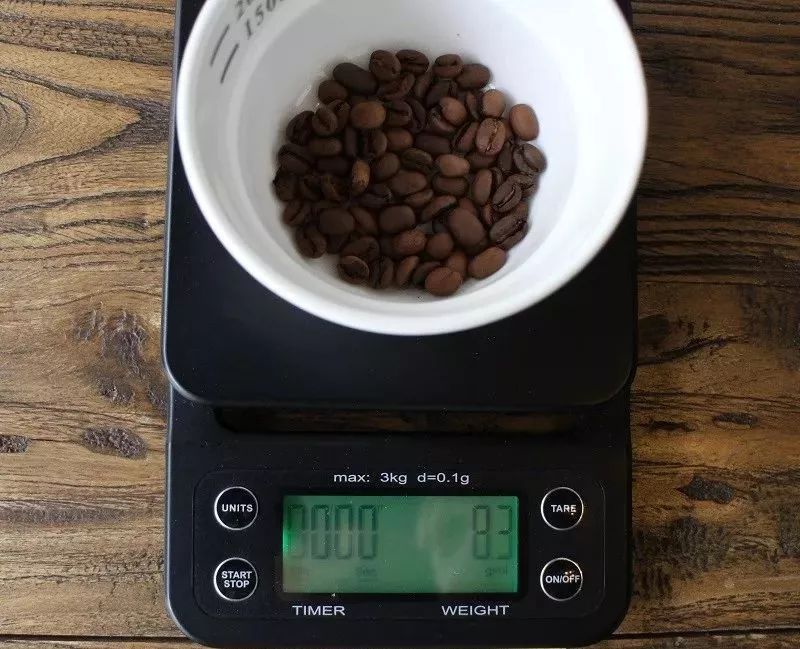
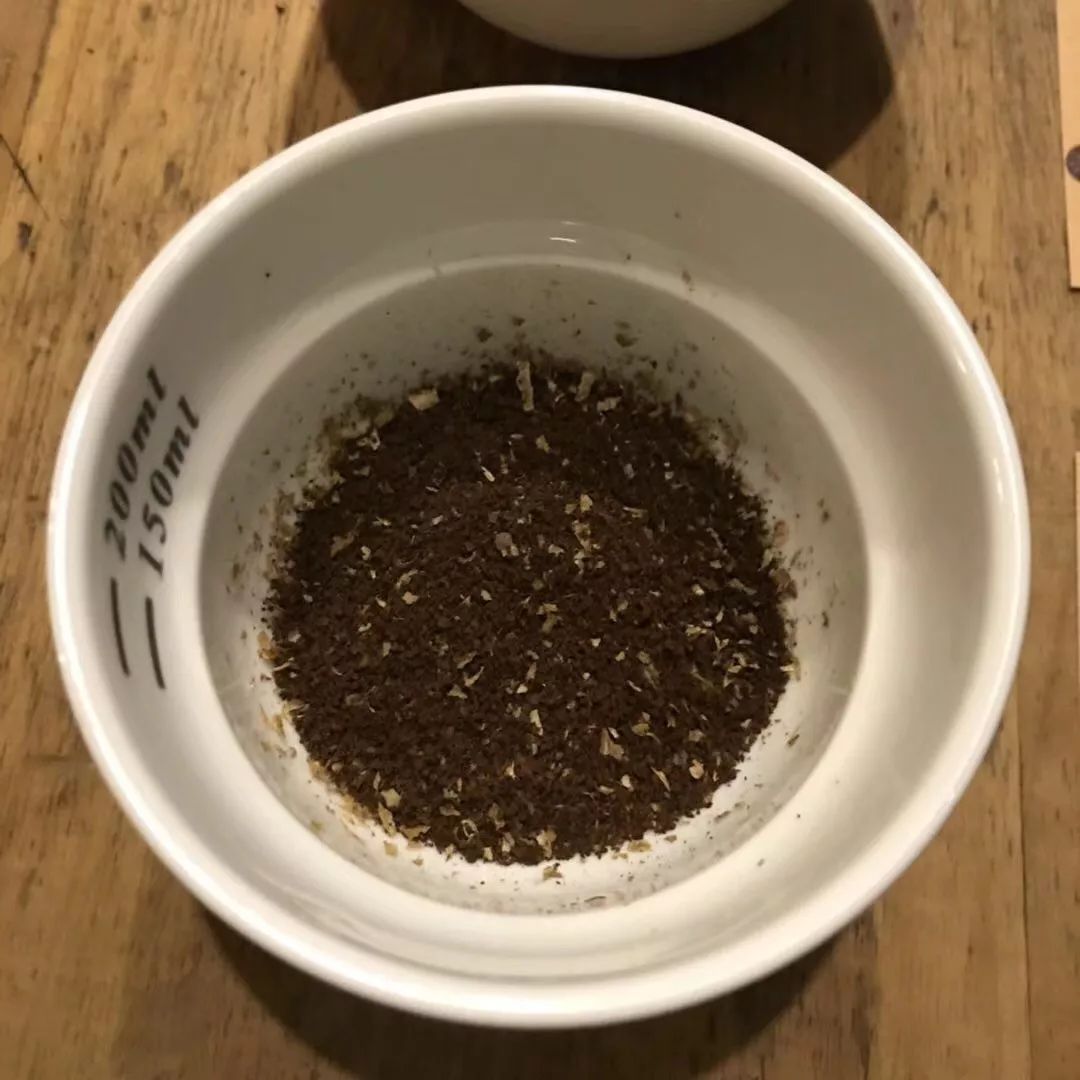
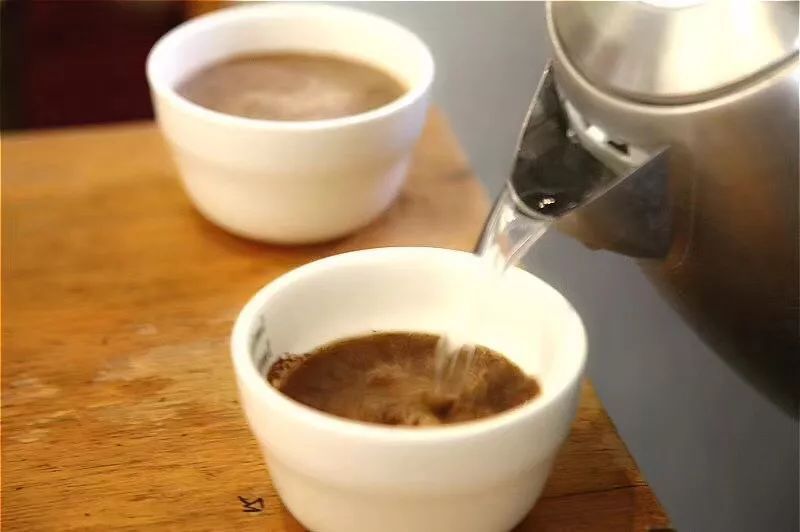
Step 2 - 2 minutes later smell wet aroma: wet aroma (Aroma) is the aroma intensity of coffee brewing, some subtle, delicate differences, such as "floral" or "bouquet" characteristics, come from the wet aroma of brewing coffee;
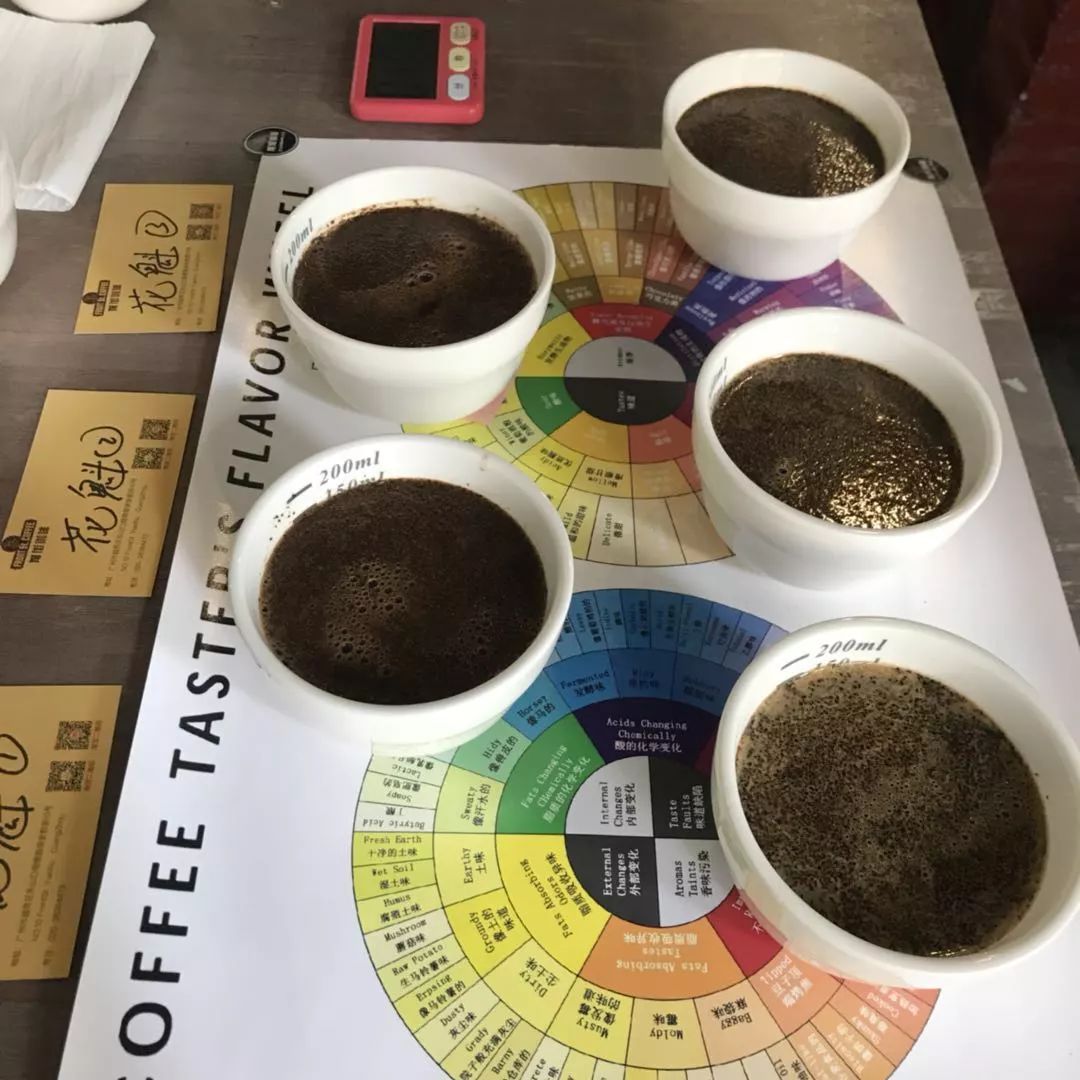
Step 3-breaking residue: stir three times with a spoon on the surface of the cup, skim the foam and residue shell, and you can start scooping coffee with a spoon to taste it;
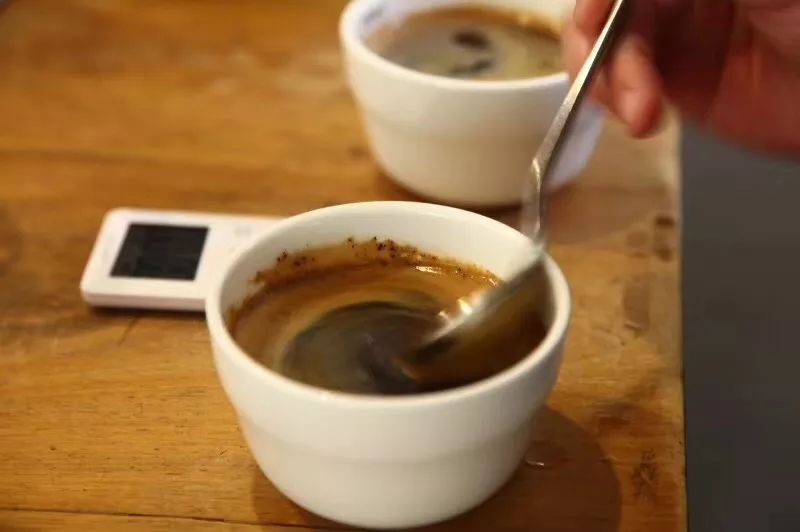
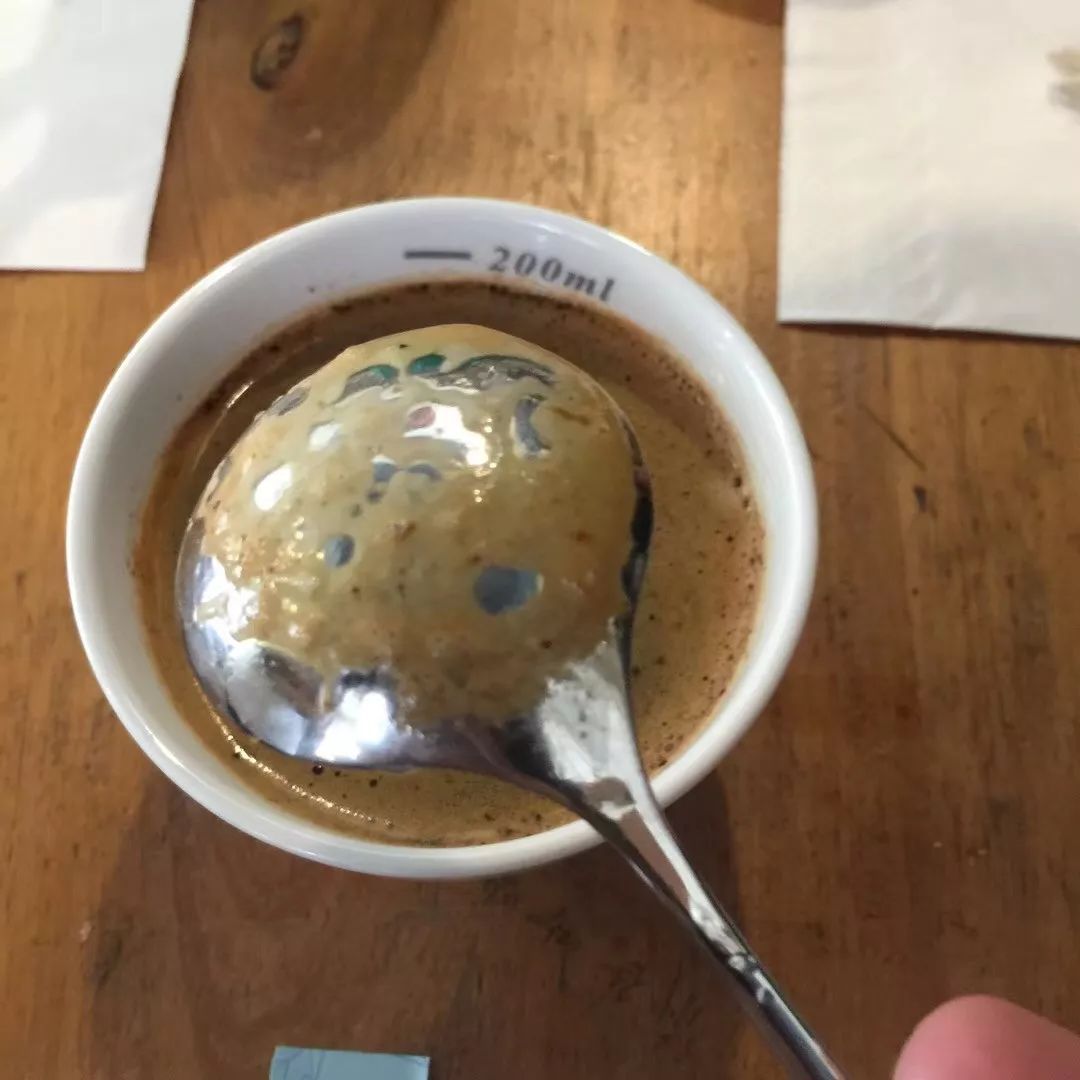
Step 4-taste: remove coffee scum with cup test spoon, suck coffee inlet, spit coffee liquid after feeling in mouth, record your feelings on cup test table, score according to the requirements of cup test table, rinse mouth, rinse cup test spoon, and taste the next coffee;
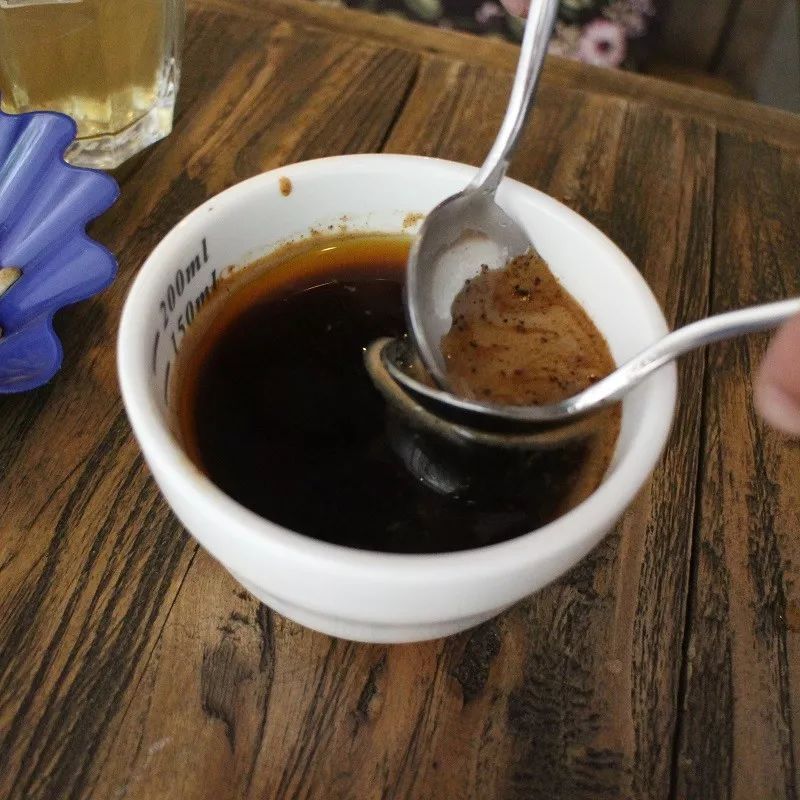
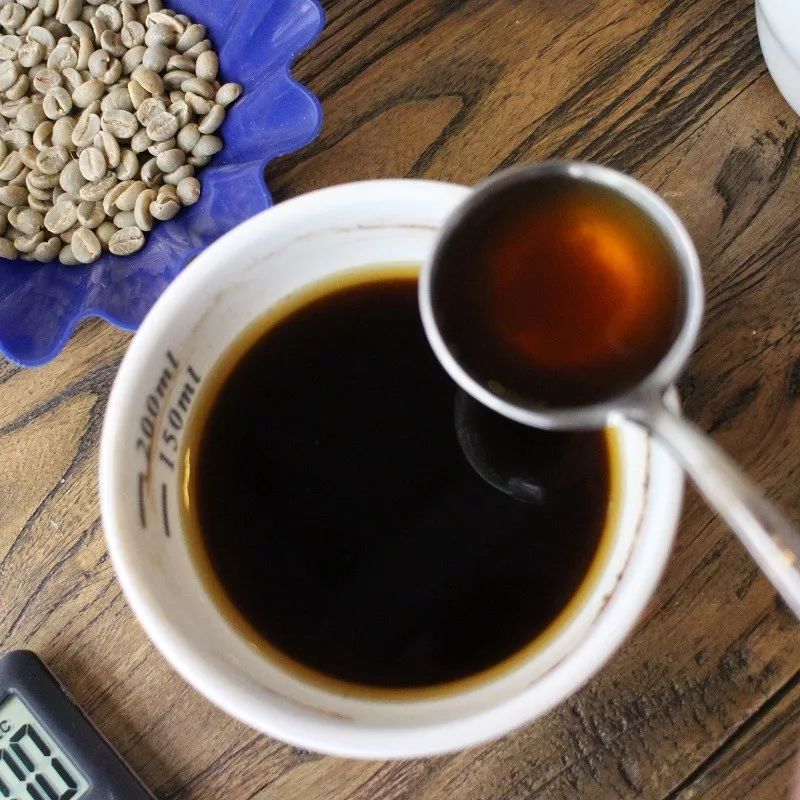
SCA coffee cup test discrimination?
SCA coffee cup test, there are ten items, of which the following two items are not coe:
Fragrance/Aroma: Aroma consists of two parts, dry and wet. The first image and the first item to be scored after grinding beans are dry aromas. Coffee flowers, roasted hazelnuts and roasted almonds are all pleasant aromas. Water injection, broken shell wet fragrance gives people more fantasy, honey, lemon, apricot fruit makes people salivate if thirsty.
Uniformity: This score is relatively simple. Do the 5 cups have different tastes and which cup has defects?
The SCA Cup is rated on ten reference levels:
10 points → Exceptional;
9 points → Outstanding;
8 points → Excellent;
7 points-Very good.
6 points → Good;
5 points → Average;
4 points → Acceptable (Fair);
3 points → Poor;
2 points → Very poor;
1 point → unacceptable;
0 points → Not present.
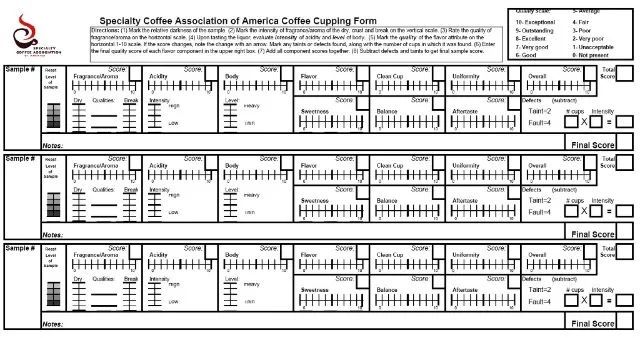
The SCA coffee cup scale starts with 6 points and is divided into four levels: each level is divided into four grades, and the unit of points is 0.25 points. Therefore, there are 16 points in four grades. The quality of good coffee is mostly concentrated in more than 7 points, the score of fine grade is concentrated in more than 8 points, the award-winning fine beans must have at least 8.3 points, and more than 9 points belong to extraordinary saints.
◆ Scoring item 1. Fragrance/Aroma
Both SCA and CoE score sheets put dry/wet aroma at the front of the table because it is the first item tested during cup testing. Dry aroma refers to the volatile aroma emitted by coffee ground powder before brewing with hot water, while wet aroma refers to the gasification aroma generated after brewing with hot water.
Smell the coffee powder aroma in the cup before brewing hot water; find special dry aroma, can be recorded in the aroma (Quality) column. Use a cup to measure the broken residue, smell the wet fragrance of the broken residue, smell the wet fragrance, and record the special fragrance in the fragrance column.
◆ Scoring item 2. Flavor
Taste spectrum refers to the taste spectrum constructed by water-soluble taste and volatile smell after coffee intake. The most important "regional flavor" of fine coffee is mainly presented by the flavor spectrum. Scores in this column must reflect the intensity, quality and richness of taste and smell.
It can be rated positively or negatively based on the following characteristics:
Forward → distinctive, thick, bright, pleasant, deep, and amplitude-rich
Negative → light, earthy, bean, grass, firewood, sack, animal, bitter and sour
(Distinctive means floral, honey, nutty, chocolate, berry, fruit, incense, intense, spicy)
◆ Scoring Item 3. Aftertaste
Coffee swallowed or spit out, with the mouth chewing a few times, you will find that the taste and aroma has not disappeared, if the aftertaste is weak and uncomfortable bitter salty or other miscellaneous taste, this column score will be very low. The aftertaste is a checkpoint that captures how the aroma, taste and taste end. If the ending is sweet, there will be high marks; if there is a devil's astringent ending, points will be deducted.
Positive direction → sweet, aftertaste without impurity, mouth and nose fragrance, lasting
Negative → bite throat, bitter, miscellaneous taste, unclean, uncomfortable, tired
◆ Rating Item 4. Cleanliness (Clean up)
The American Fine Coffee Association's interpretation of cleanliness is that coffee drinks the first sip to the last aftertaste, almost no disturbing smell and taste, that is,"transparency" is good, no unpleasant miscellaneous taste and taste.
Positive → pure and clear, no impurities, distinct layers, sense of space
Negative → miscellaneous smell, earthy smell, musty smell, wood smell, potion smell, excessive fermentation odor
Item 5: Sweetness
The so-called sweet taste has two meanings, one is the flawless and pleasant round taste spectrum, and the other is the sour and sweet "sour shock" taste spectrum, which is the sour and sweet product of carbohydrate and amino acid in caramelization and Mena reaction, not all sugar sweetness, rich fruit sour and sweet rhyme.
If coffee beans are extracted from ripe red fruits, drink round and sweet, once mixed with immature beans, coffee is easy to have grass smell, sharp acid and astringent feeling, inhibit sweet feeling. The natural sweetness of coffee is different from the sweetness of other sugary drinks. The sweetness of coffee is created by the taste of the mouth and the caramel fragrance, cream fragrance and flower fragrance of the nasal cavity, which can be imitated by adding sugar.
Forward → sour and sweet shock, roundness, sweetness
Negative → green, immature, sharp, dull
◆ Scoring item 6. Acidity
Coffee mouth, taste buds immediately feel sour, especially sensitive on both sides of the middle and rear part of the tongue, high-quality coffee acid mouth will have a wonderful taste of saliva.
The appropriate strength of sour, can increase the brightness of coffee, dynamic, sour shock and fruit flavor, but too much acid on the frown fear, into a sharp acid or dead acid. Too much acidity, too much acidity and bad for the overall aroma of coffee.
According to its intensity, the cup test ranks 1-2 points as "very light", 3-4 points as "very smooth", 5-6 points as "slightly acidic", 7-8 points as "very acidic", 9-10 points as "very obvious acid".
Positive → delicate, lively, rigid and soft, acid prominent, layered, rich, salivation
Negative → sharp, rough, weak, stiff, vinegar, rancid, no personality
◆ Scoring Item 7. Body
Body is the special taste created by the fat, carbohydrate, fiber or colloid of coffee liquid, including consistency, weight, smoothness and thickness.
The quality of the body depends on how the coffee feels in the mouth, especially on the tongue, mouth and palate. Coffee with a higher consistency is likely to score higher in quality because of the higher gum and oil extracted during brewing. However, some coffee with lower viscosity will also have a good smooth feeling in the mouth, just like silk sliding through the tongue, quite pleasing.
According to its lipid ranking, cup test scores 1-2 points "thin", 3-4 points "light", 5-6 points "rich", 7-8 points "thick", 9-10 points "thick"
Positive → creamy, creamy, velvety, round, smooth, dense
Negative → Rough, watery, thin
Item 8: Uniformity
The consistency of cup test refers to the same sample tested in several cups, regardless of the moisture, taste and taste of the mouth, it is necessary to maintain consistent stability in order to obtain high scores, because the soaking variables of each cup are the same, and the flavor should be consistent. However, if the defective beans are not clean, or the coffee is washed and exposed to sunlight, and the dryness is different, it is not easy to highlight the consistent flavor of each cup.
Forward → Homogeneous, homogeneous
Negative → Fluctuation, Impermanence
◆ Rating Item 9. Balance
It means that the taste spectrum, aftertaste, sourness and taste of the same tested sample complement each other and reflect interest, that is, the balance of the components of the overall flavor. If a particular flavor or aroma is too weak or excessive, points will be deducted for this column. In addition, the cup tester also needs to pay attention to the taste spectrum and taste of the sample, whether the change from high temperature to room temperature is balanced and pleasing, if it is cooled close to room temperature, the acid or bitterness is exposed, breaking the balance is not easy to get high scores.
Positive → Harmony, balance, consistency in heat and cold, good structure, resonance, sour and thick harmony
Negative → Too much, phase, abrupt, taste spectrum imbalance
◆ Scoring Item 10. Overall
The overall rating given by the judges to the overall performance of the aroma, taste and taste of the sample. The overall flavor of the sample or a feature of the sample that surprises the judges may score high marks in this item. If the taste spectrum of the sample is ordinary, it is not easy to get high marks.
Positive → rich flavor spectrum, three-dimensional sense, good amplitude, fullness, cold and hot without losing its taste, floral honey taste
Negative → dull, inactive, miscellaneous, sour, salty, astringent
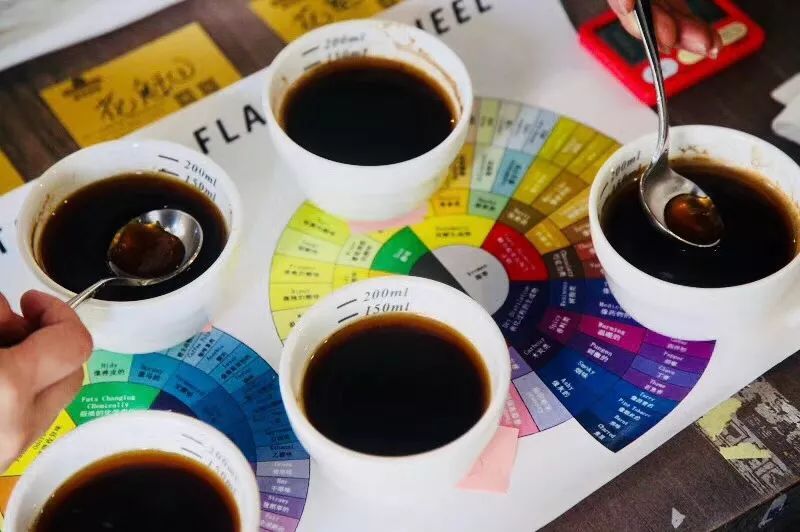
◆ Total Score
Add up the scores of 1-10 items to get the total score.
How are weaknesses scored?
International review found defects, need to determine whether it is a small defect (Taint) or a major defect (Fault). Small blemish refers to a bad smell, although obvious but not serious enough to swallow, generally refers to the taste of coffee powder before drinking dry and wet blemish smell
Big defect refers to the bad taste is serious to the mouth, generally refers to the coffee after the entrance, from the taste and smell after the nose, aware of the taste level and the defect taste of the nasal cavity. For minor defects, 2 points will be deducted per cup, and for major defects, 4 points will be deducted per cup.
The formula is: deduction = number of defective cups × defect intensity
Final Score (Final Score)
If the total score is higher than 80 points, it is excellent grade. From 80 to 100 points, it is divided into very good, excellent and super excellent three grades.
In recent years, SCAA "Best Coffee of the Year" Cup test, honored to win the "Gold List" of fine beans, scores at least 83 points, most of the scores concentrated in the 83 - 90 points, more than 90 points of competition beans are extremely rare, this is related to the strict evaluation.
How to score on the cup meter?
The coe score is 1-8, 6 points represent that the project reaches the CoE competition level standard, belongs to good quality (fine), if completely unacceptable, 0 points (unacceptable), if the quality is ordinary, 4 points (Poor), if very excellent, or even perfect, 8 points (great).
CoE cup test table evaluation items and record key instructions, this description can let you in the cup test, there is a basic basis, at the same time in the test of a single evaluation item, can also be auxiliary reference:
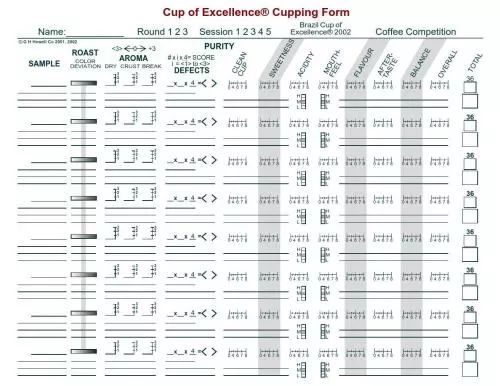
The CoE rating scale has eight items, each with a maximum score of 8 and a minimum score of 0, weighted to 36 points, resulting in a total score of 100.
CoE criteria?
With a total score of 69 or less, commercial beans or industrial beans are slightly worse.
The total score is between 70 and 74 points, belonging to the general commercial beans.
The total score is between 75 and 79 points, which belongs to the superior commercial beans.
The total score is between 80 and 84 points, which belongs to fine coffee.
With a total score of 85 points or more, it belongs to the CoE competition level and is also the winner of the Cup of Excellence. It is currently recognized as the highest level in the international coffee industry.
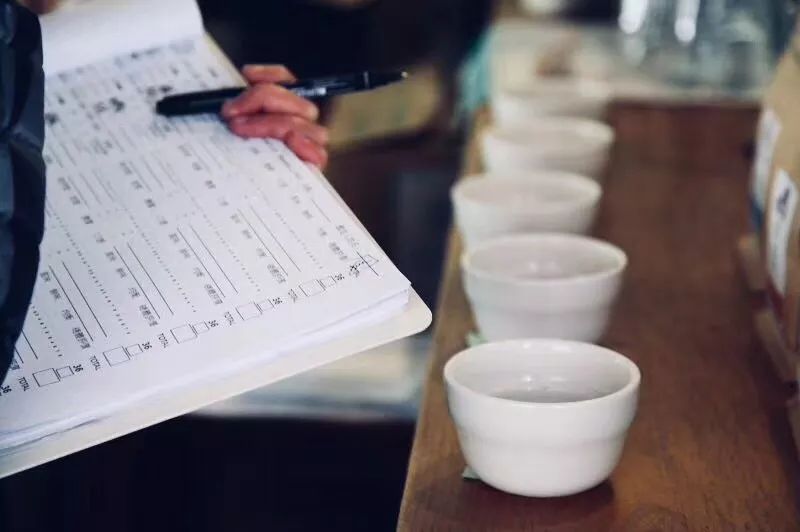
Important Notice :
前街咖啡 FrontStreet Coffee has moved to new addredd:
FrontStreet Coffee Address: 315,Donghua East Road,GuangZhou
Tel:020 38364473
- Prev
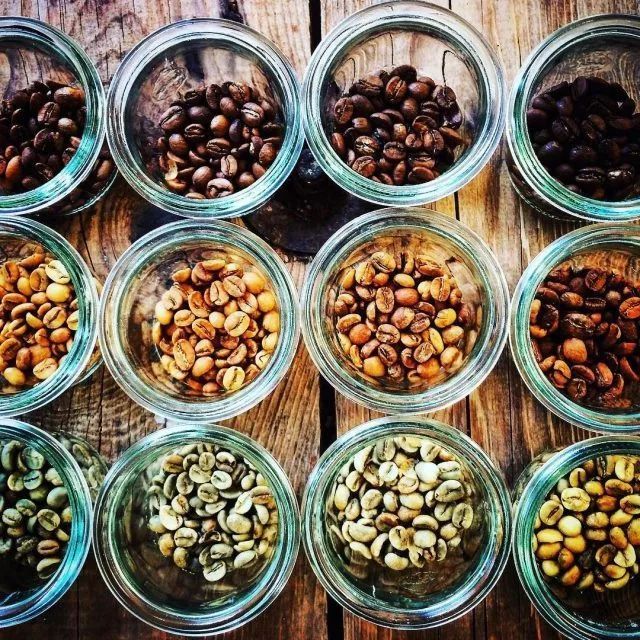
What is the breeding period of coffee beans? What do you want to keep coffee beans? How do you raise it? For how long?
Professional coffee knowledge exchange more coffee bean information please follow the coffee workshop (Wechat official account cafe_style) coffee beans roasted can you immediately come to drink? Or how to grow coffee beans? How long will it take to keep it? Under the promotion of the boutique coffee market, in fact, many coffee lovers, including newcomers, have been popularized by science, and coffee beans need to be raised.
- Next
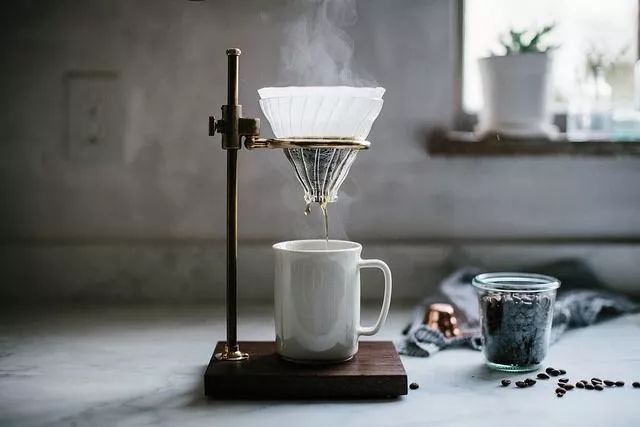
Coffee Tasting-What are the 7 elements and 5 coffee flavors that determine coffee flavor?
Professional coffee knowledge exchange More coffee bean information Please pay attention to coffee workshop (Weixin Official Accounts cafe_style) For coffee tasting beginners, sour taste is a difficult item to taste, they may generally agree with coffee with particularly bitter taste, which may lead to cognitive differences between practitioners and final consumers. The judgment of coffee taste is subjective.
Related
- How did the Salvadoran coffee industry develop in Central America?
- What exactly does the golden cup extraction of coffee mean?
- The Origin of Coffee flower
- [2023 Starbucks World Earth Day] there are more meaningful things besides free Starbucks coffee!
- What kind of coffee is there in Spain? 9 Flavors of Spanish Coffee
- Aromatic African coffee| Kenya's coffee culture and historical production area
- Liberica Coffee Bean knowledge: the characteristics of Liberian Coffee beans of the three original species of Coffee beans
- The origin and formula of Spanish latte introduces the taste characteristics of Bombon coffee in Valencia, Spain.
- How to adjust the solution of over-extracted coffee
- What is the tasting period of coffee beans? What is the period of coffee and beans? How should coffee wake up and raise beans?

